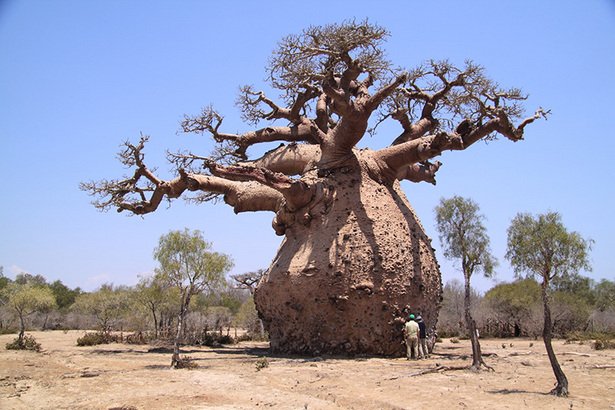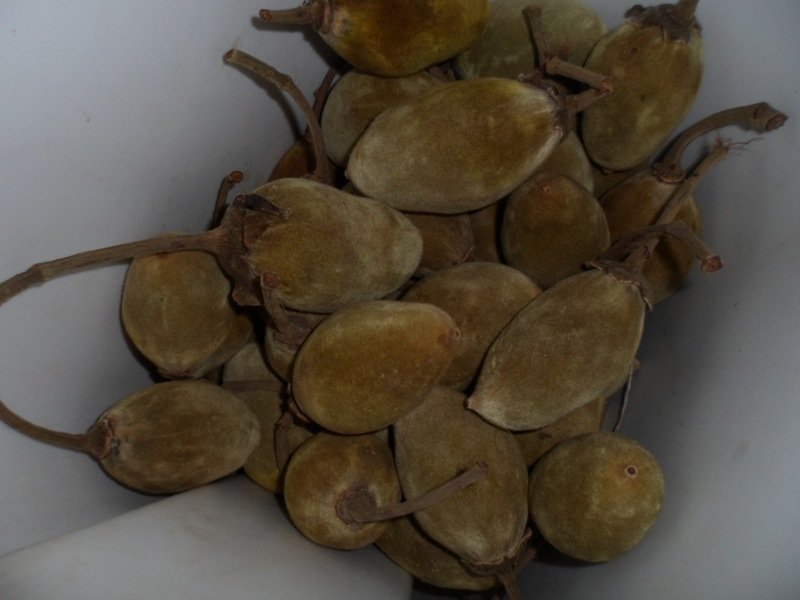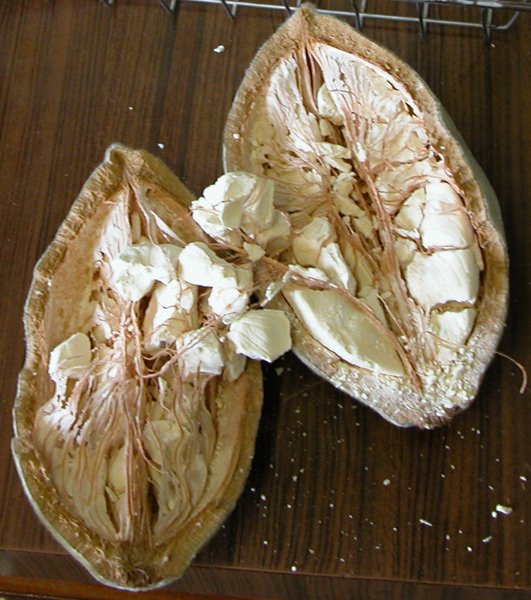Throughout the life of this blog I mentioned the Baobab trees and its fruits several times, although until now everything was only in the Romanian language (sorry my non-Romanian readers 🙃). Despite writing in only one language, the response was quite surprising, Romanians from all over the world writing me and asking more informations. Some even asked me if I could send them fruits or powder.
Baobabs are widely found here in Malawi, its fruits being considered “the African sweets”. The only problem is that they are not sweet, but rather sour, so the most appropriate name would probably be “the African sour candy”.
With the looks of a tree from another planet, the Baobab is very interesting and also extremely helpful in Africa, both to people and to the animals. Some people even call them, for good reasons, “the trees of life”. The wood is like a sponge and they keep tons of water (up to 26,000 gallons) during the dry season. The elephants literally take bites out of this trees, sucking the precious water that sustains life. Children in Malawi enjoy the fruits which are, as mentioned, sour but also dry and very powdery in consistence. Baobabs can be used for clothing, fiber, medicine, food, water source and many other uses. Read more about the Baobab trees here: Andasonia.
Being the beginning of the rainy season, I got some baobab seeds and I am just about ready to start planting them. But how do you plant a baobab seed? Well, it turns out all you need is an elephant!
Baobab trees do not like neighbors, even in the form of their own species. Water is scarce and the last thing a baobab tree needs is another one growing close by and competing for the precious commodity. If other trees multiply themselves easily by the fruits that fall down and rot away close by, the baobab is using another method to insure its survival: the elephant. If the baobab fruit falls from the tree, the seeds within will never produce another tree. The reason is the seeds are covered with a tough coat and only the hot stomach acid of an elephant will prepare it for germination. To make sure the mighty mammals play along with the plan, those seeds are covered with a rich, velvety, yoghurt flavored and sour powder that elephants cannot resist.
While in the elephant’s stomach, the seeds spend the next 4-5 hours getting themselves ready for the outside world. Eventually, the seeds are deposited some distance away from the original tree, ready to germinate and packaged in a perfect blob of warm fertilizer.
Although we live in Africa and elephants are not that far away from us, we still feel we should try to find another way to replicate the necessary conditions to grow these seeds. After all, it is not that easy to bring an elephant on the property and have it play its part!
So, the best way to trick the seed is to use a very fine sandpaper to reduce the thickness of that tough coating. Once the inner white layer is slightly revealed, the seeds need to spend the next 24 hours in warm water. After that, they need to be dried for 1 day and only then they are ready to be planted.
The seeds need some initial care, but nothing too complicated especially since Malawi has the perfect conditions for them. The right amount of water combined with the right amount of sun will do the trick. I plan to plant these seeds in a plastic bowl so I can better control their environment during the initial months. I don’t need anybody to step on them or for something to fall over them. Once the seedlings reache a certain size, I will plant them on our property and we will continue to make sure they grow trouble-free.
Hopefully, after some years, Hope for the Future will have some of these iconic African upside-down trees.






